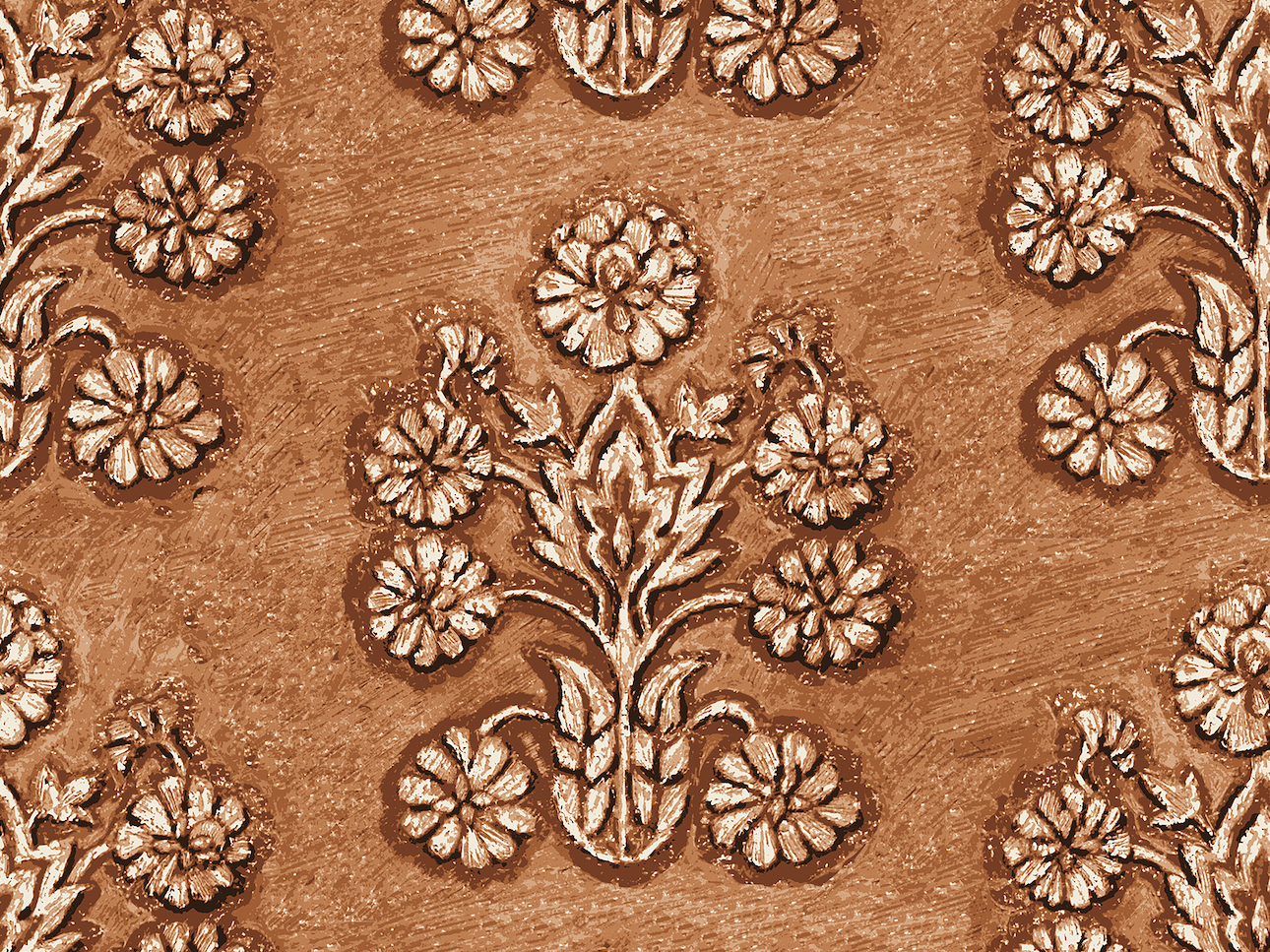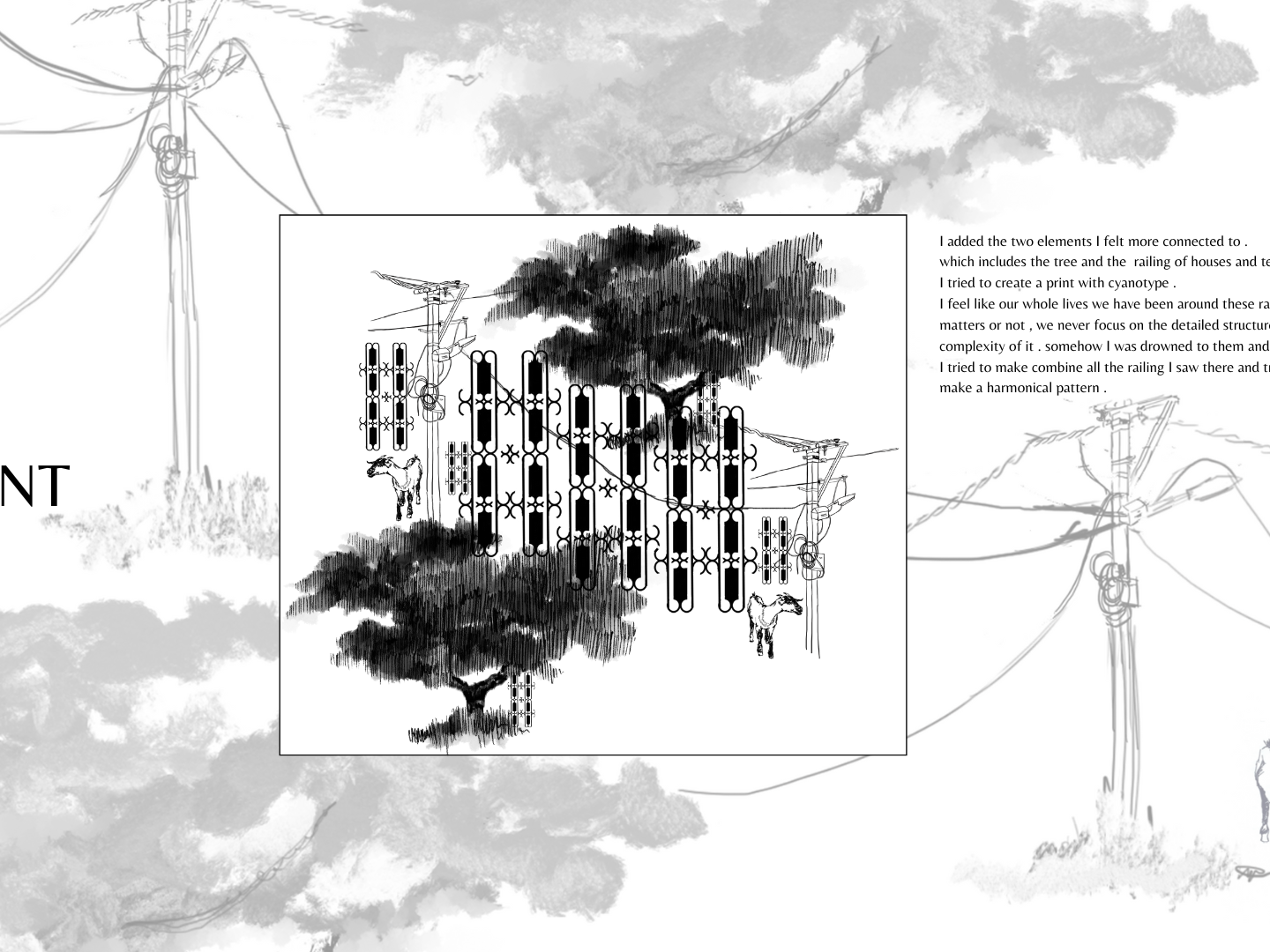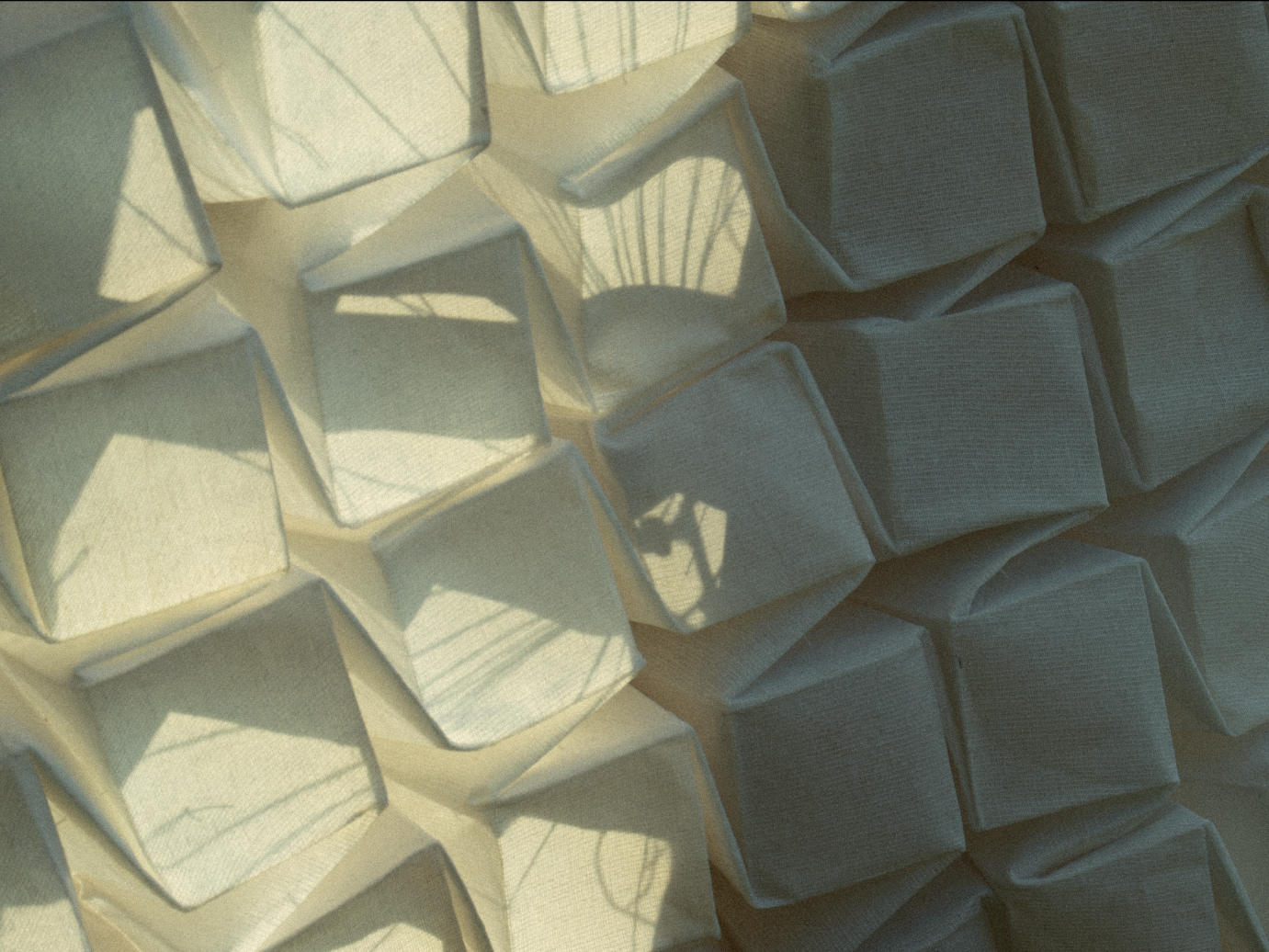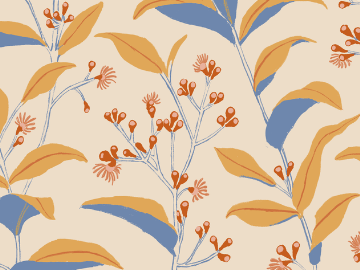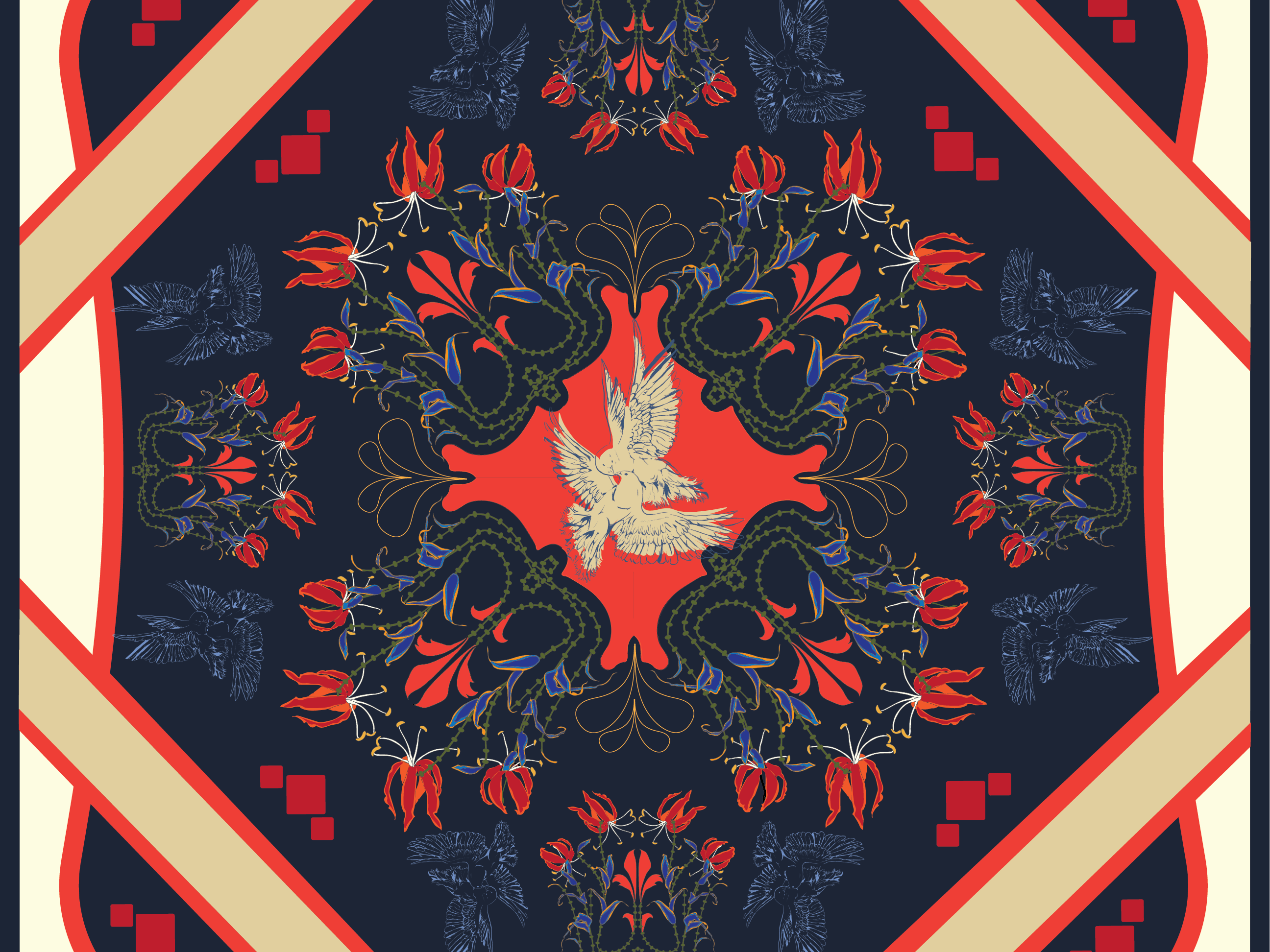Natural dyeing uses color from plants, minerals, and other natural sources, fixed with mordants to create rich, eco-friendly tones. These samples feature turmeric and marigold, with techniques like clamping and bandhani adding texture and pattern, showcasing the versatility of natural dyes.
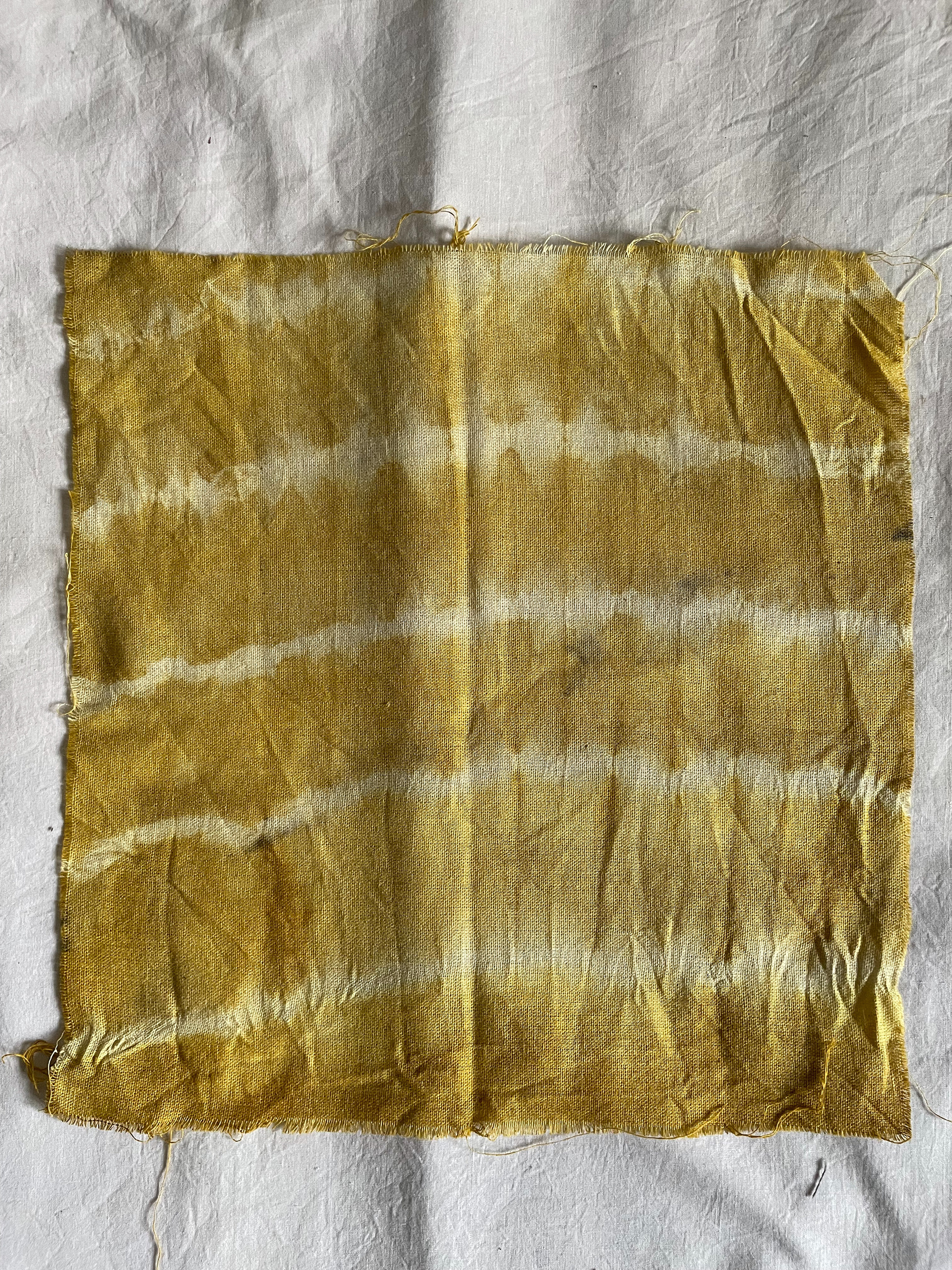
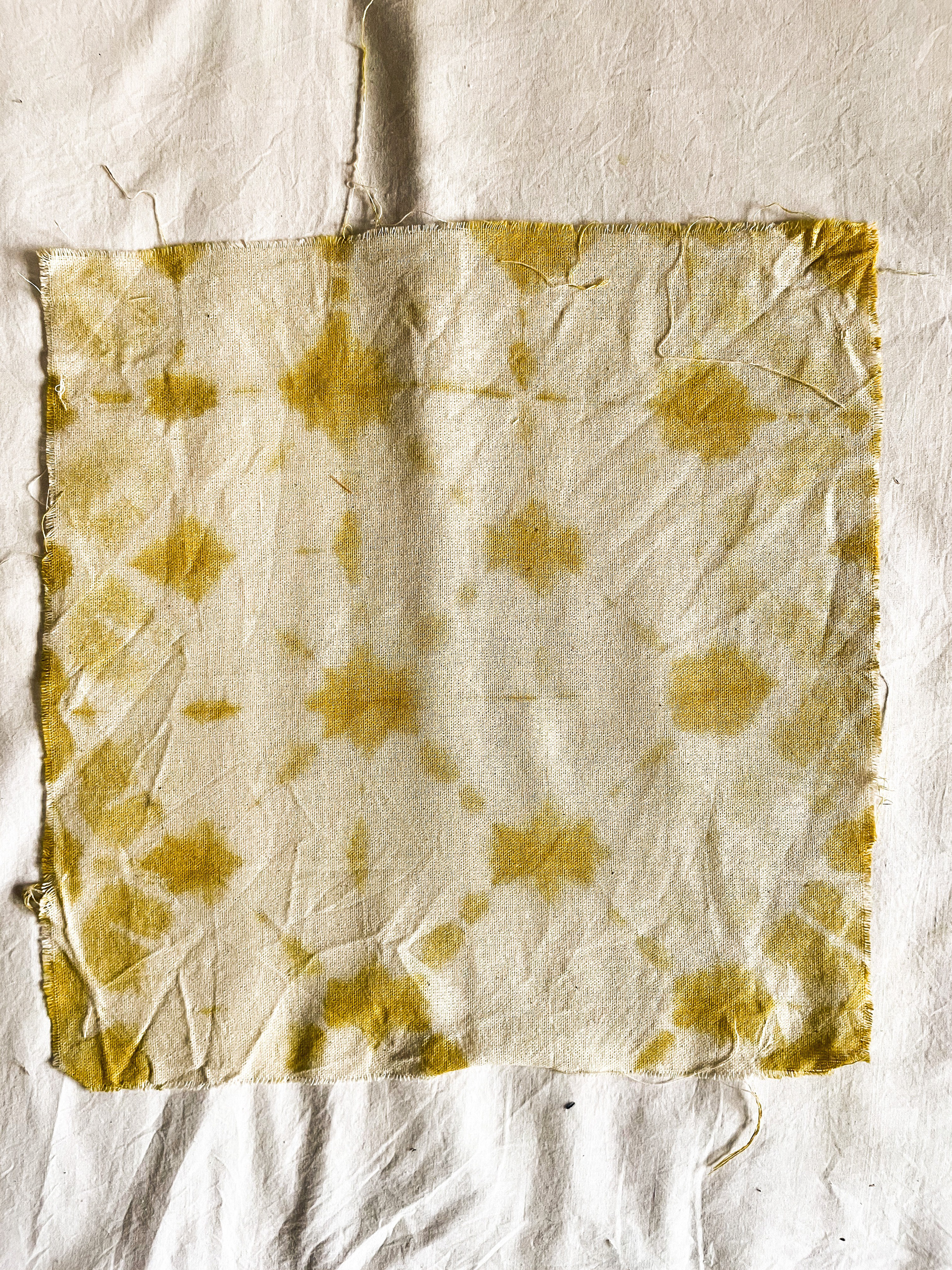
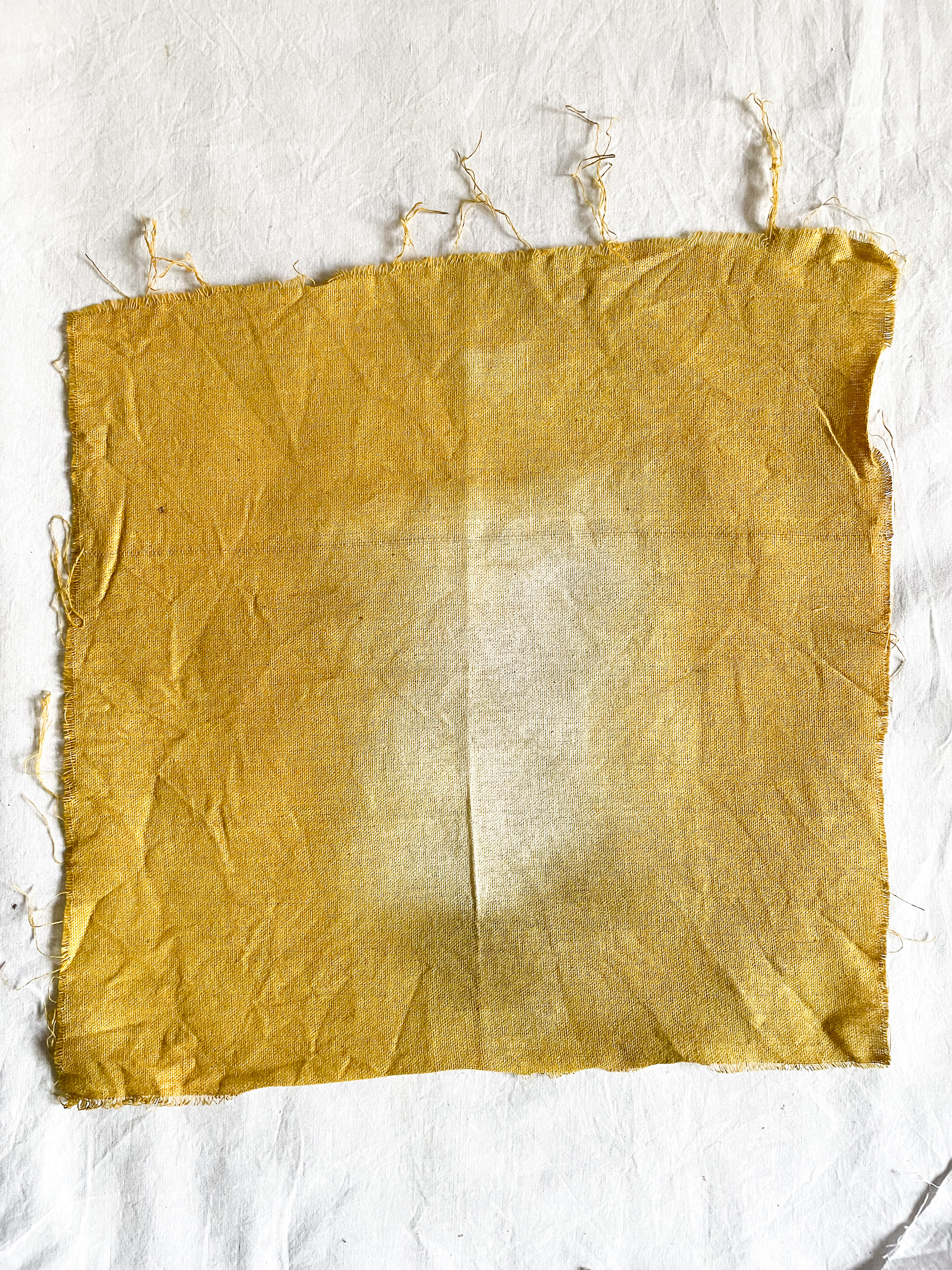

Hilika (Myrobalan) & Iron Dye: Dried myrobalan fruits were boiled to extract tannins, then fabric was soaked and dipped into an iron rust solution, producing a deep black tone. Clamping and shibori techniques were used as resists, creating geometric and organic patterns that added texture and depth.
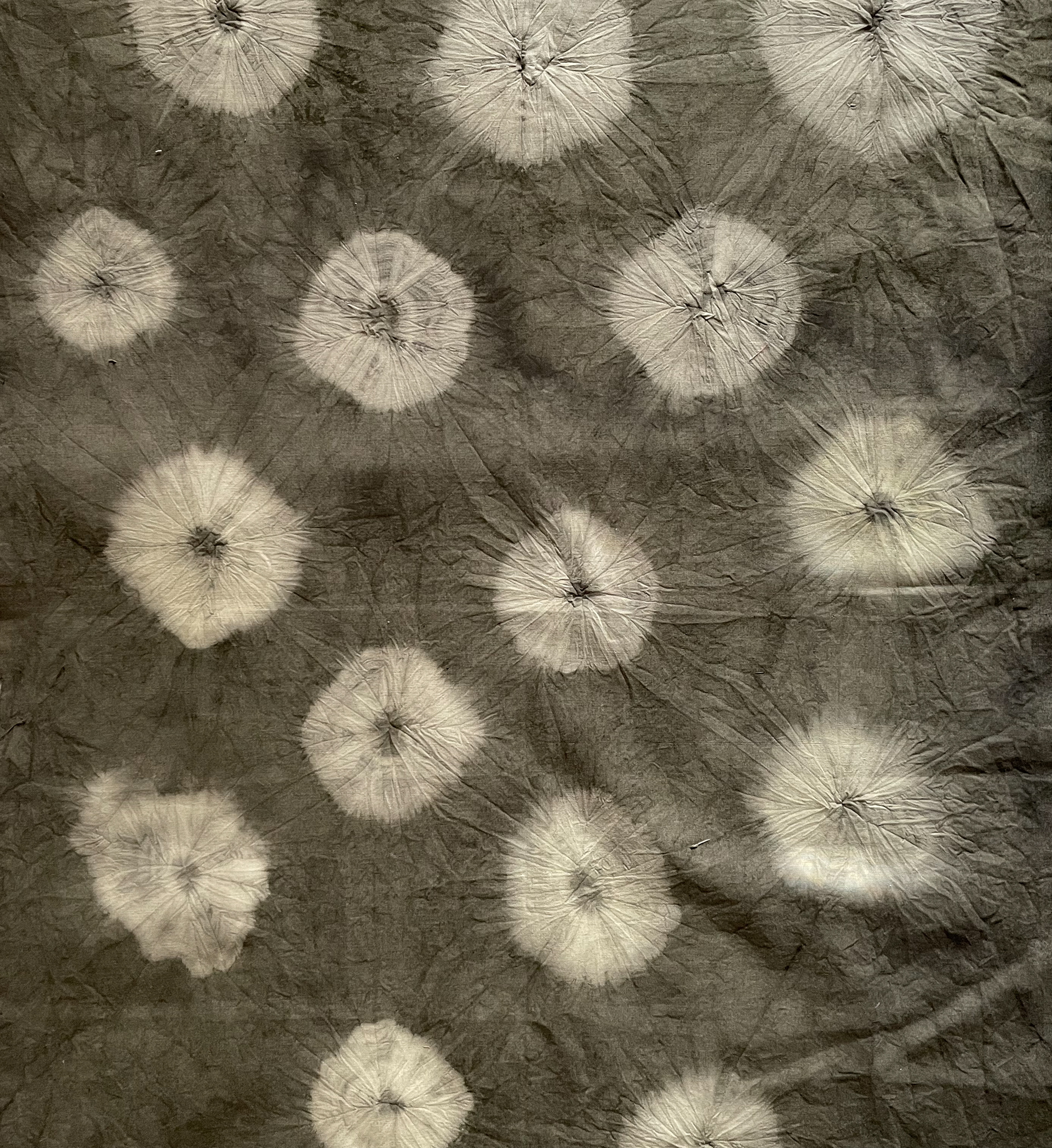
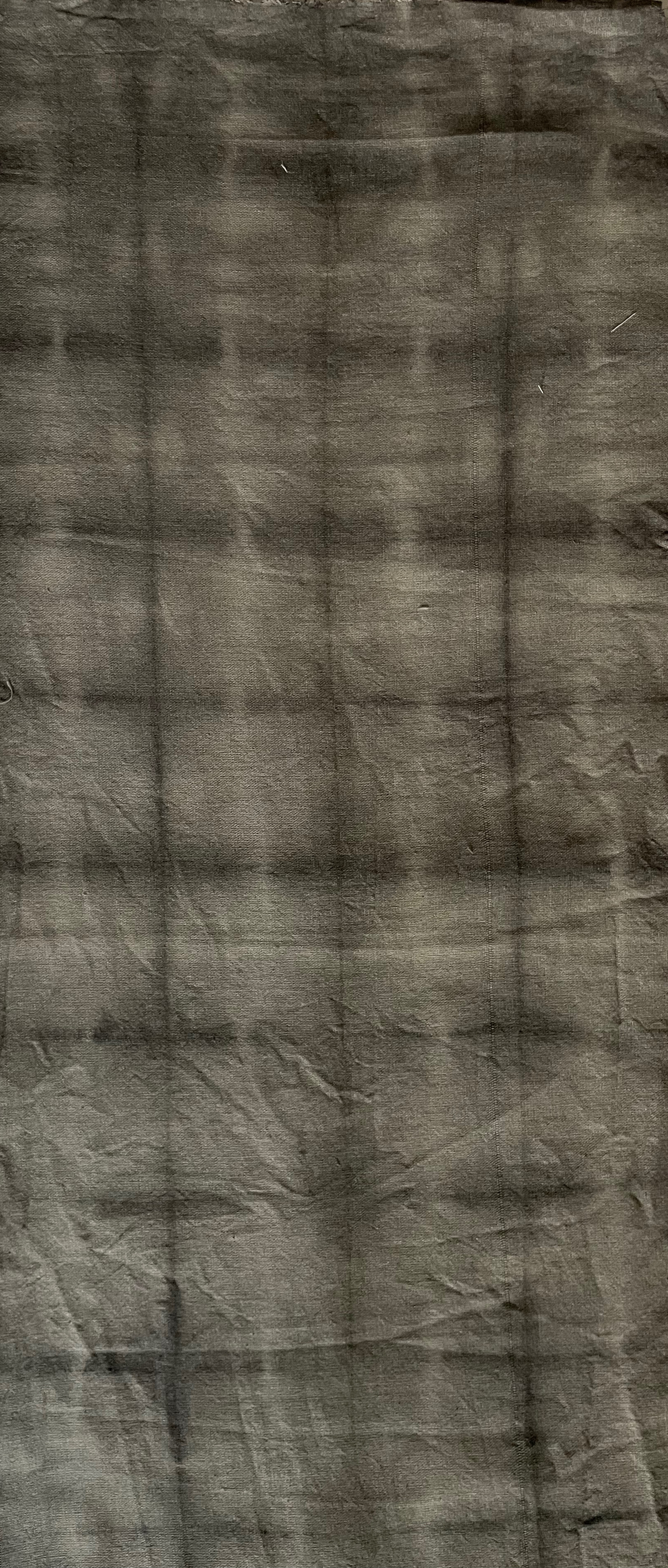
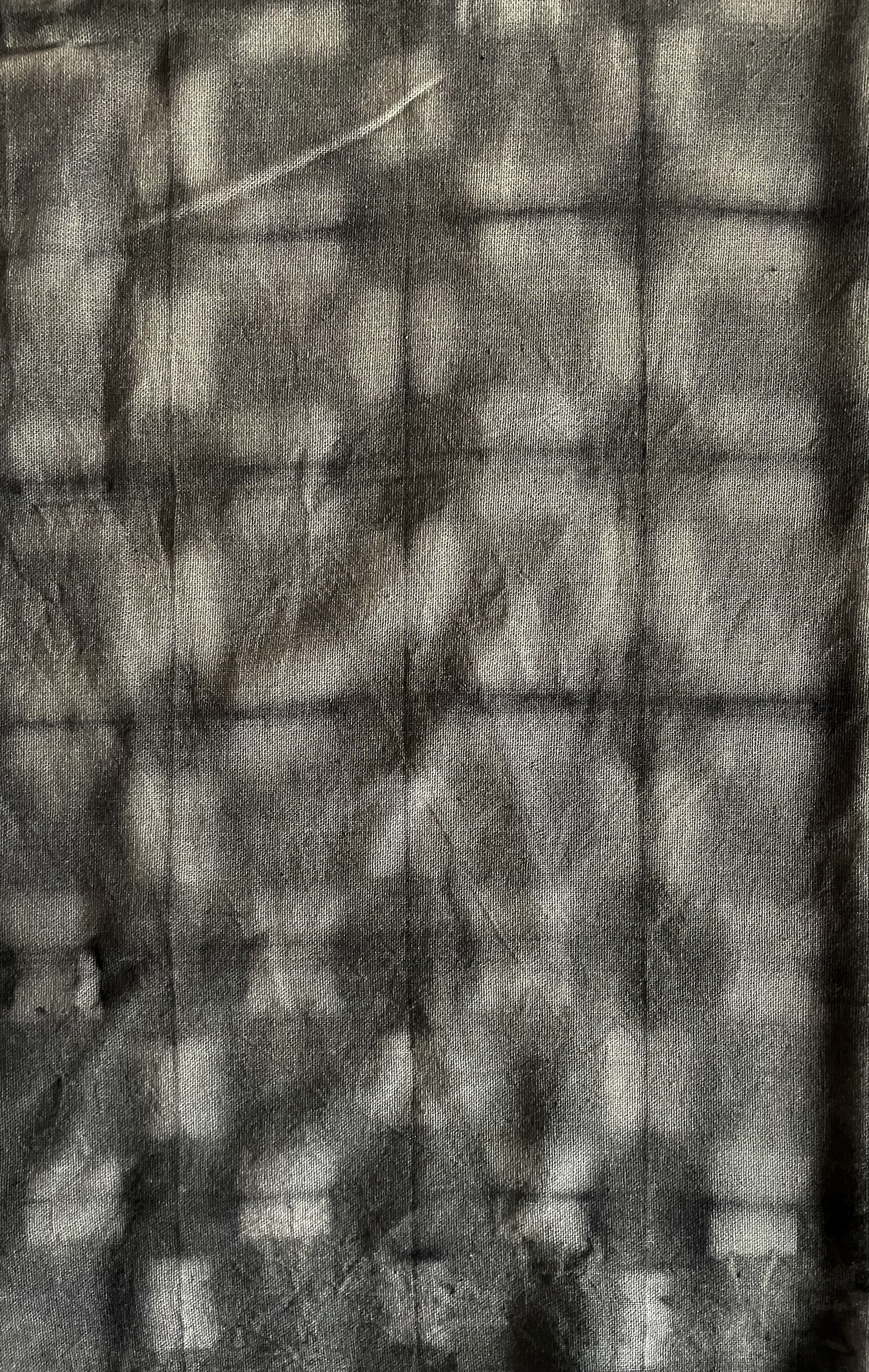
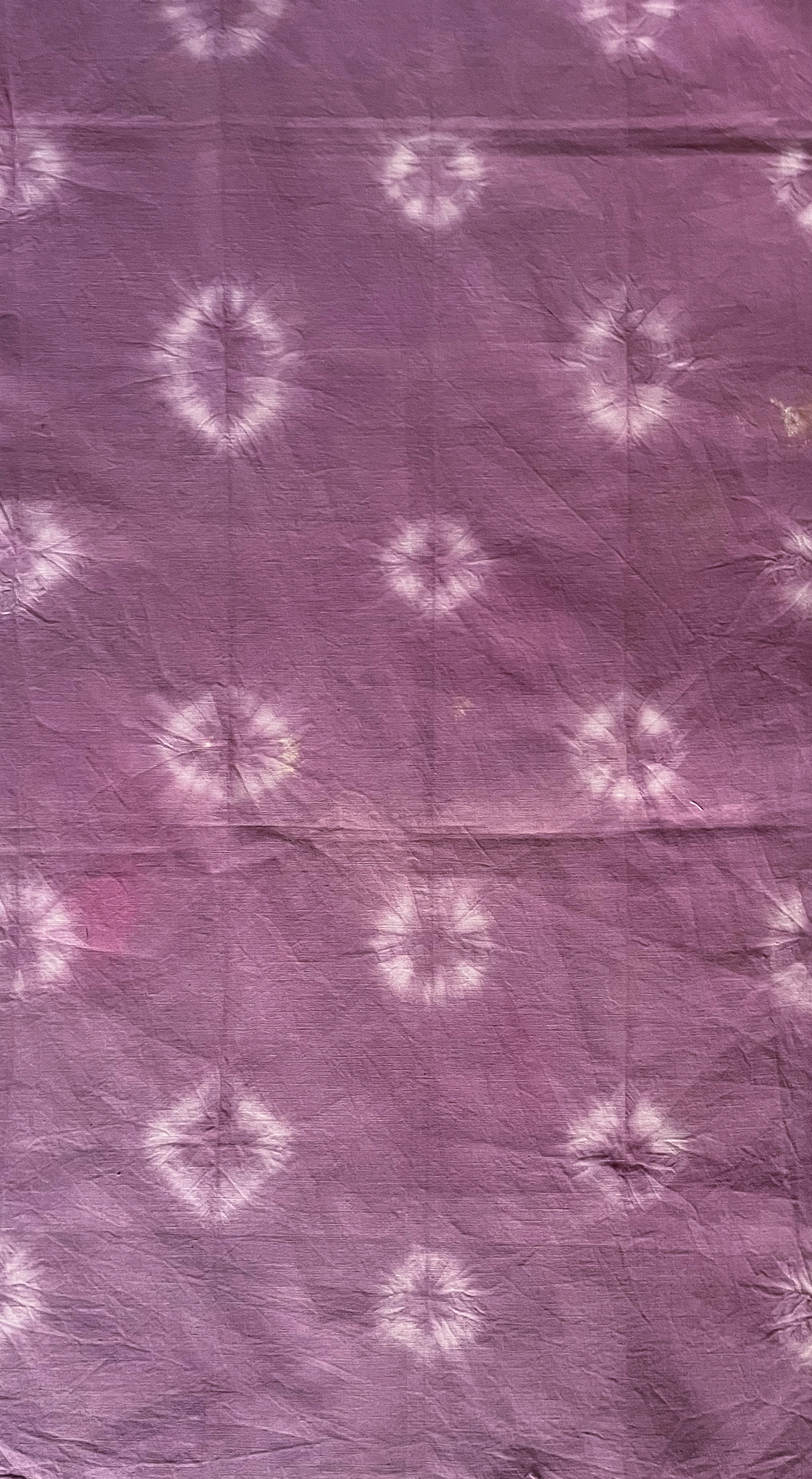

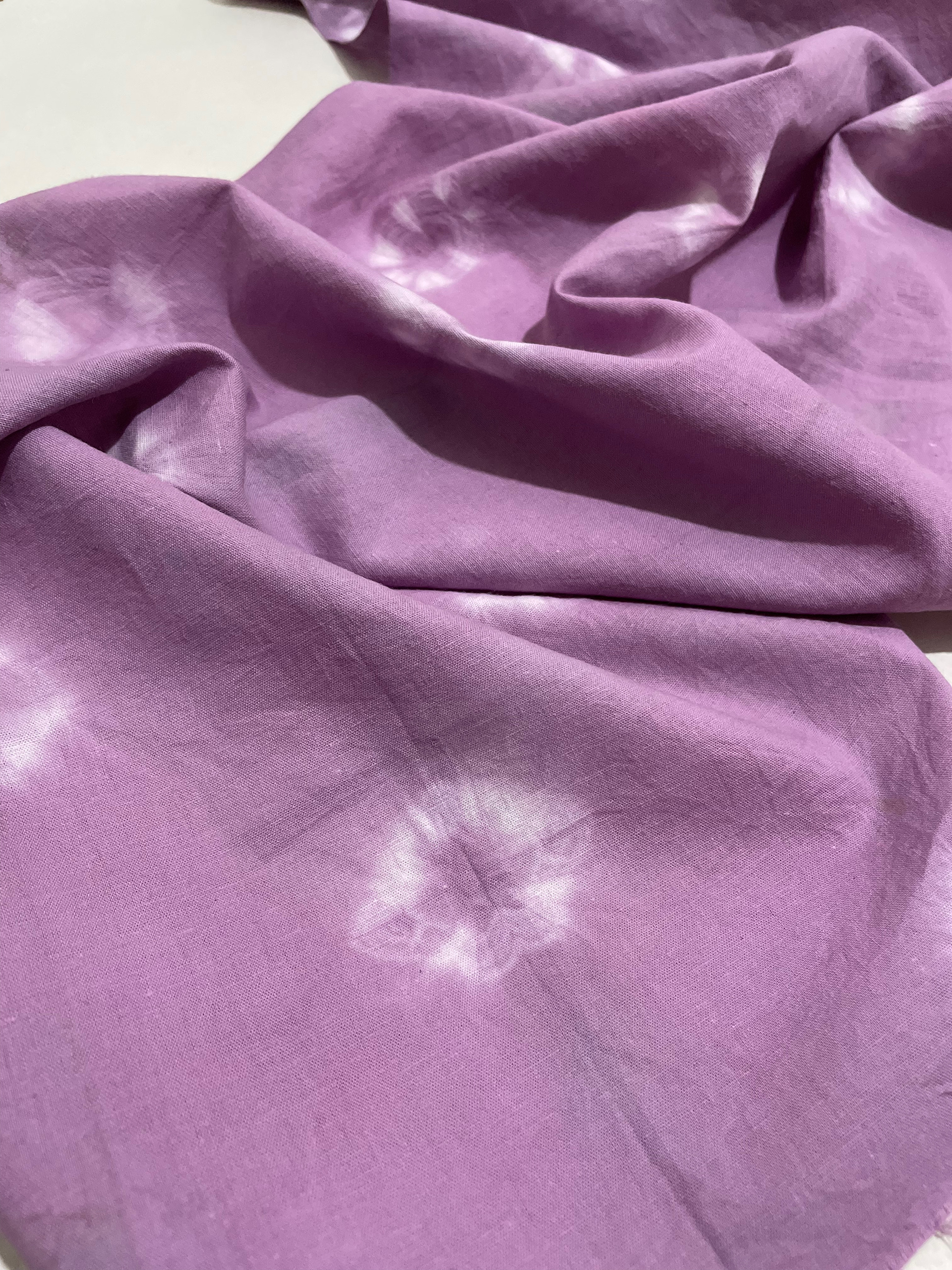
Grapes were boiled to extract natural purple dye, rich in anthocyanin. Fabric was mordanted with alum and dyed using the grape solution. The bandhani technique added distinctive patterns to the deep purple hue.
ECO PRINTING
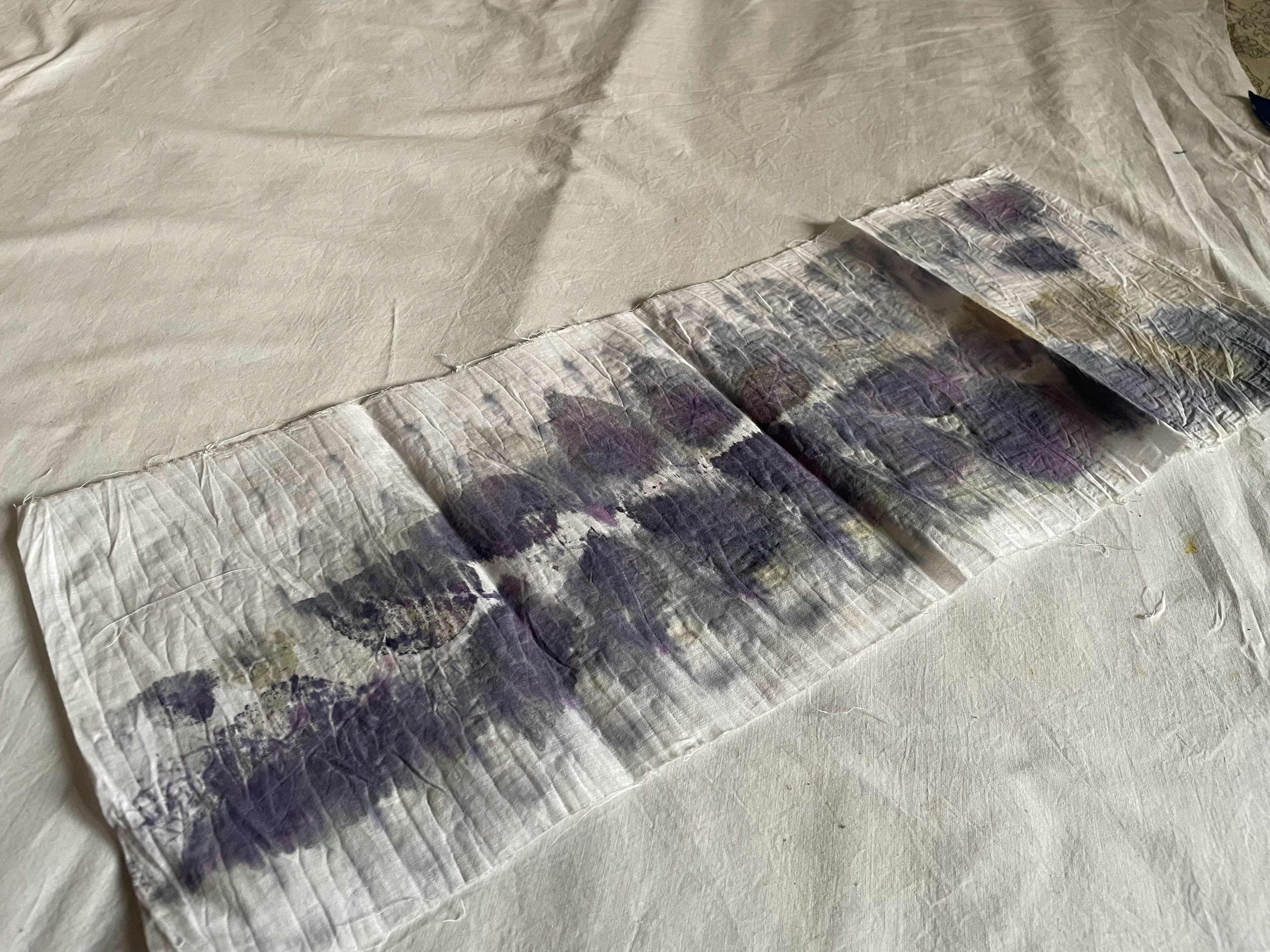
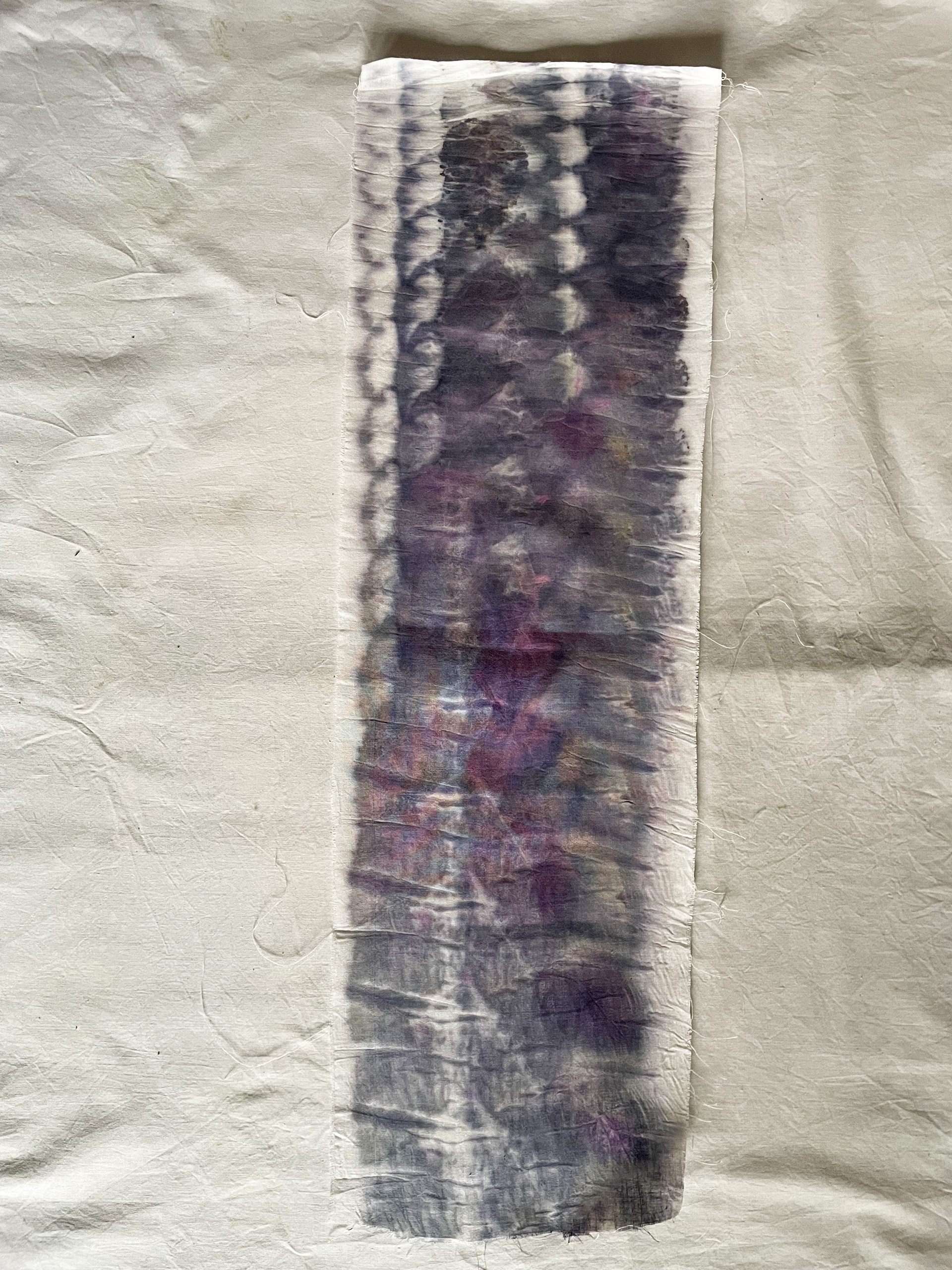
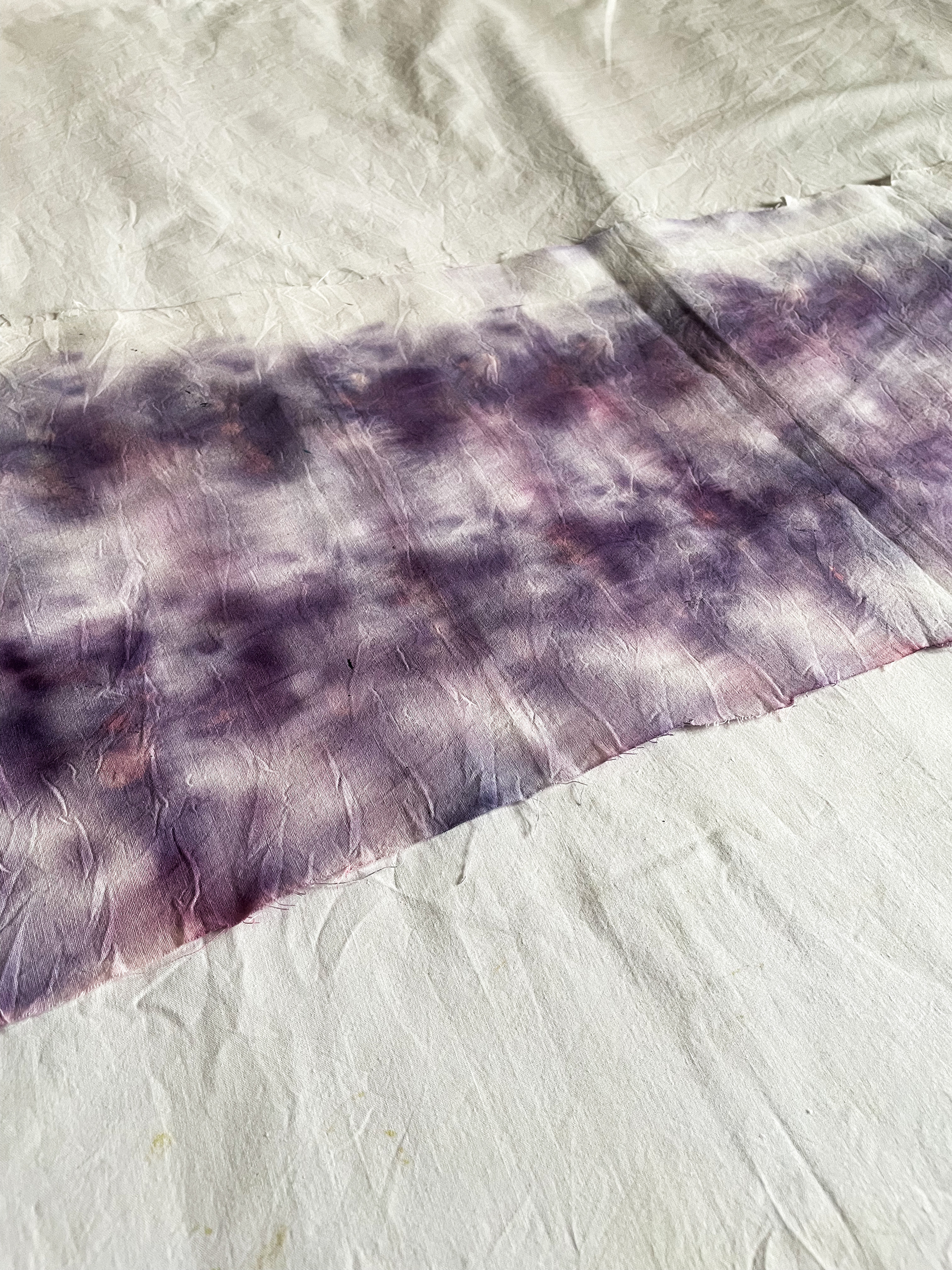
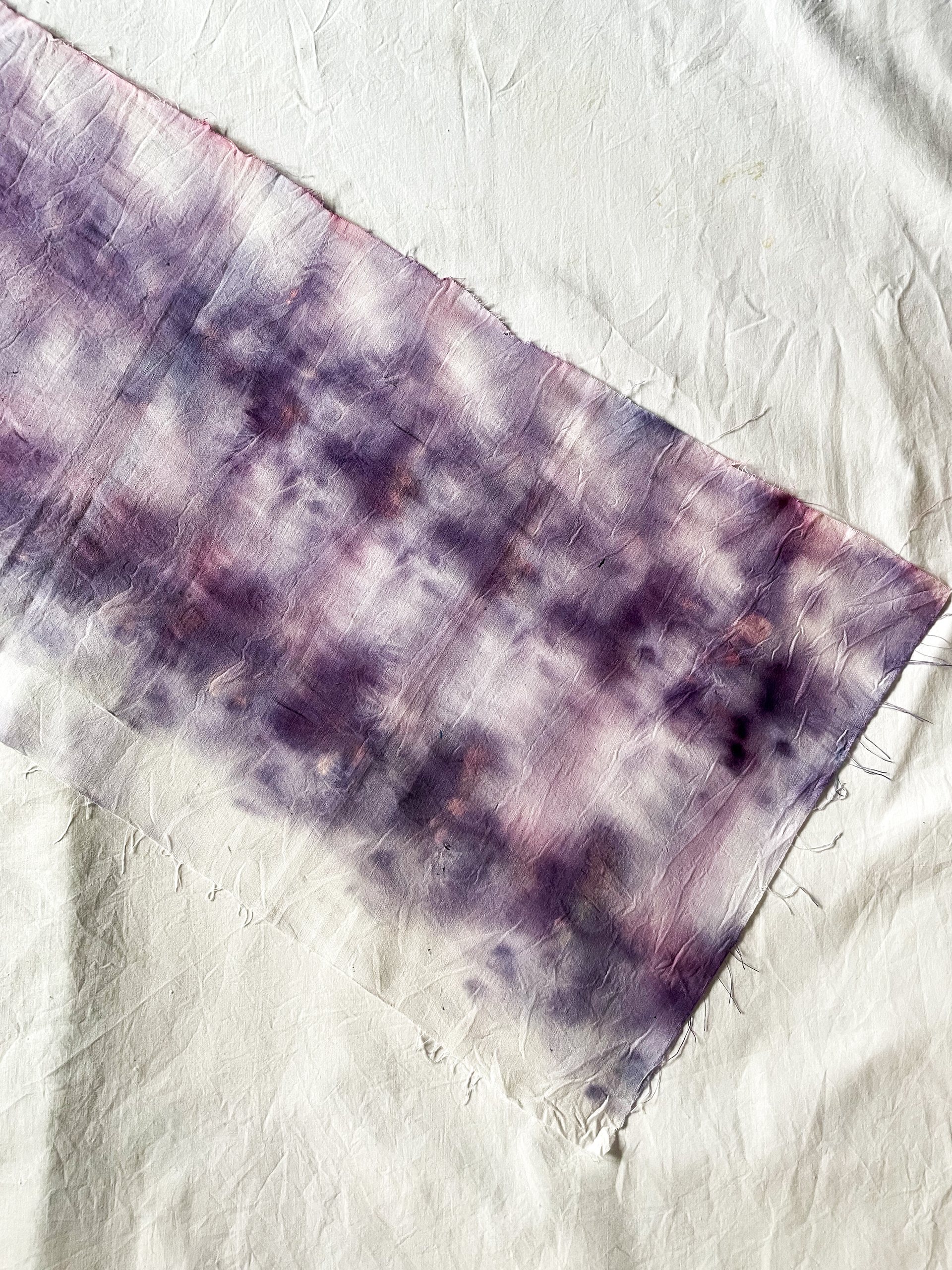
Eco-printing uses heat and moisture to transfer natural pigments from leaves and flowers onto fabric, creating organic patterns without synthetic dyes.
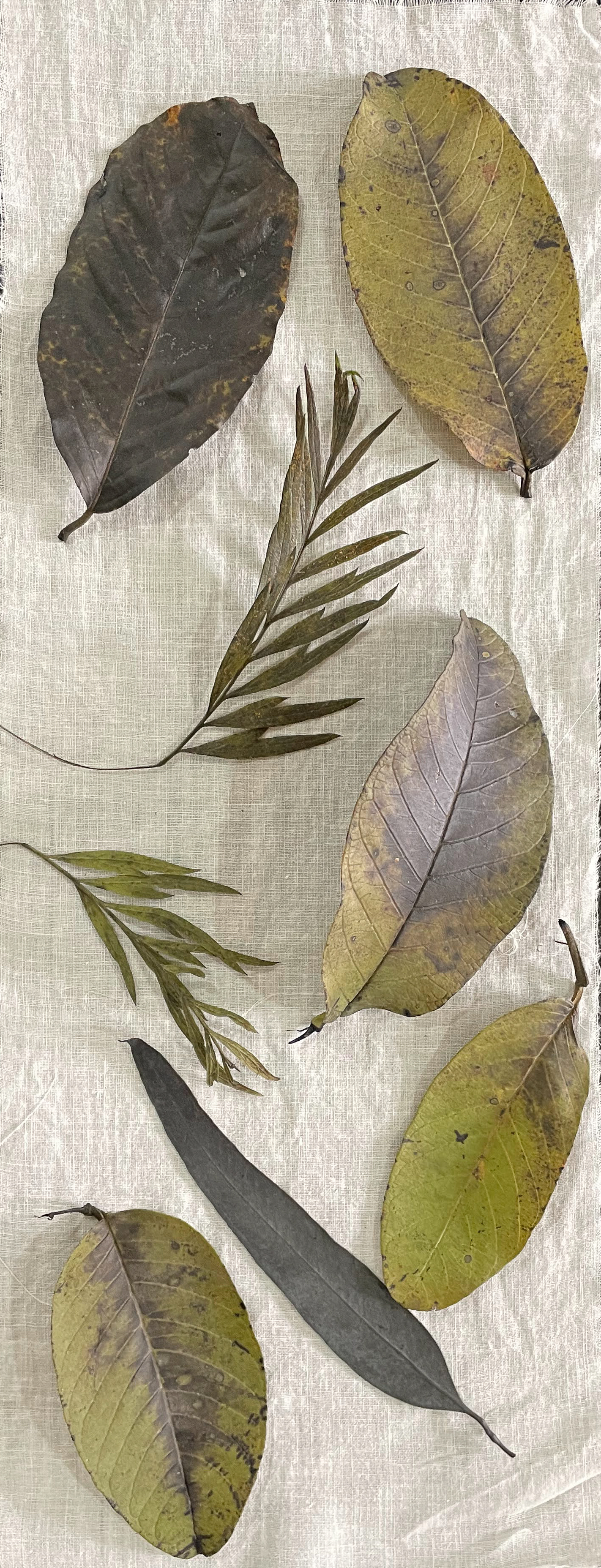
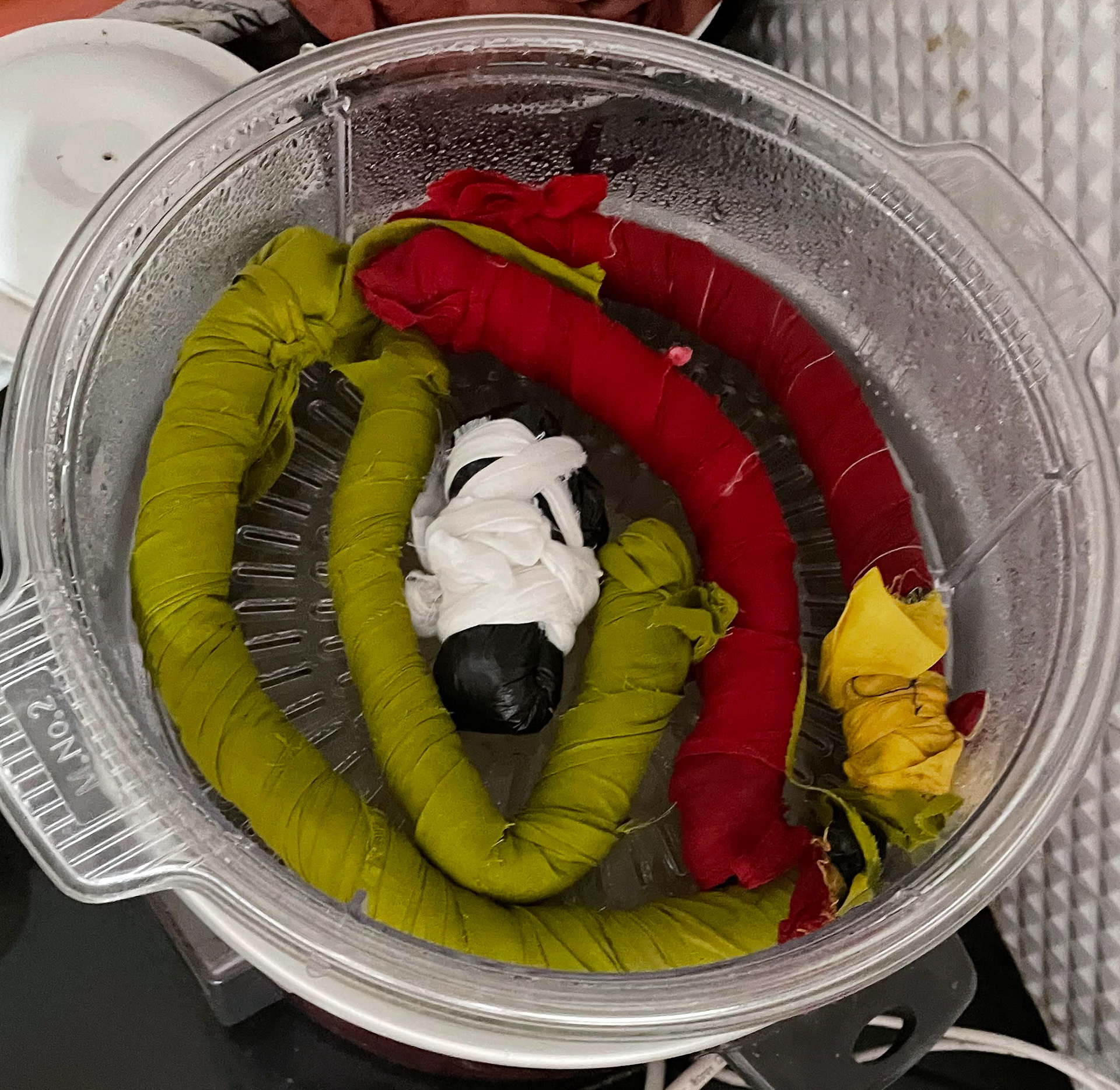
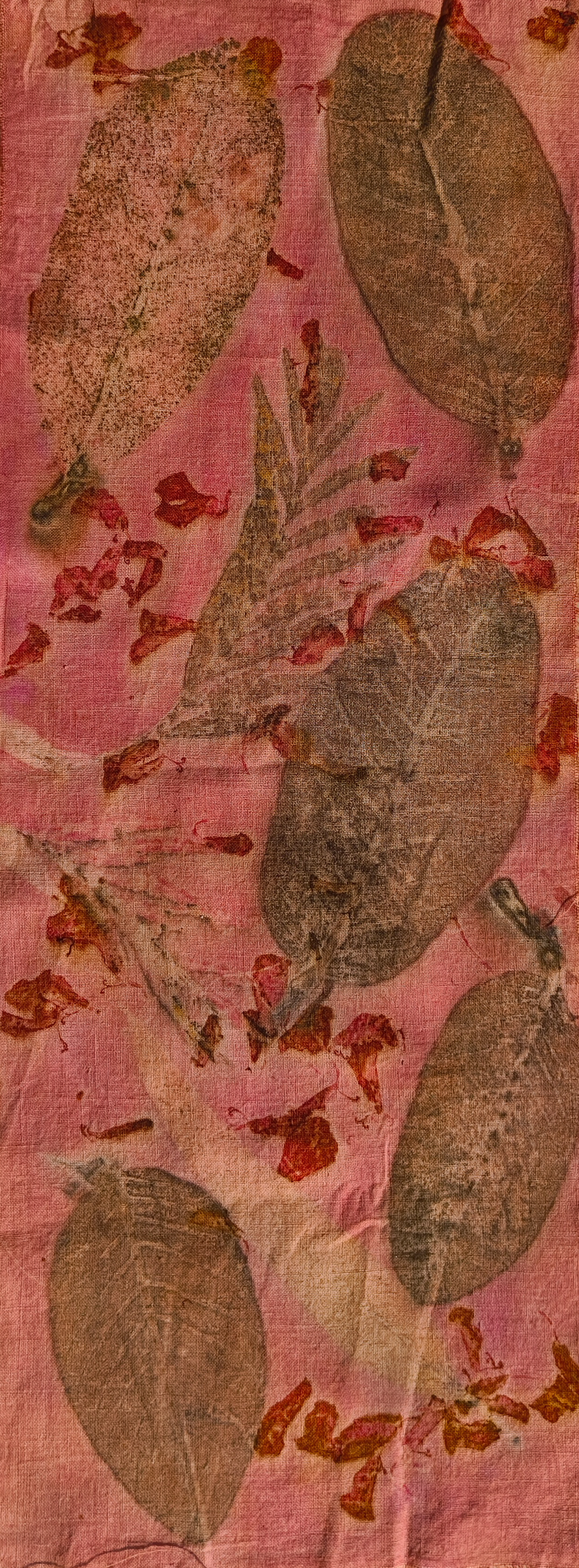
Blanket dyeing
Blanket dyeing is a technique where fabric is soaked in a dye bath to achieve rich, even color. It can also involve resist methods like tying or folding to create patterns.
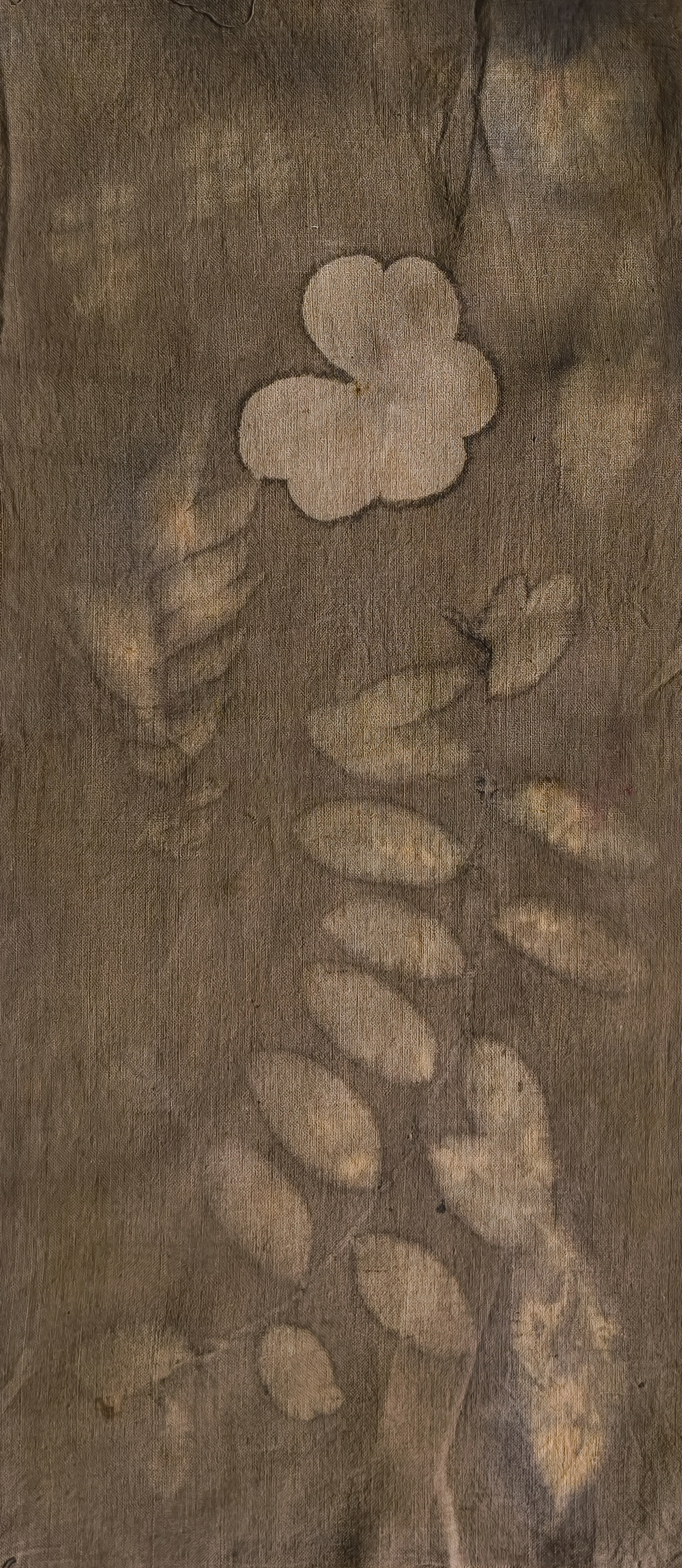
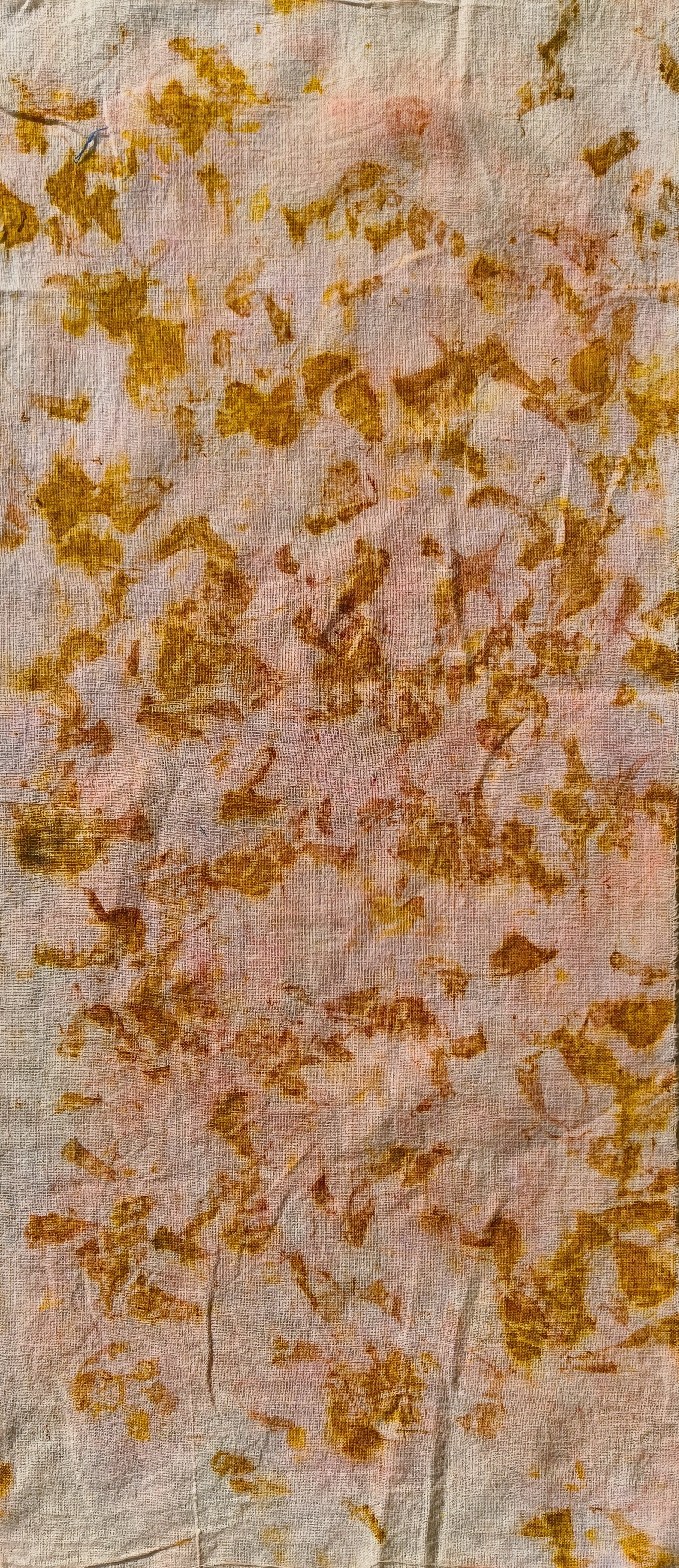
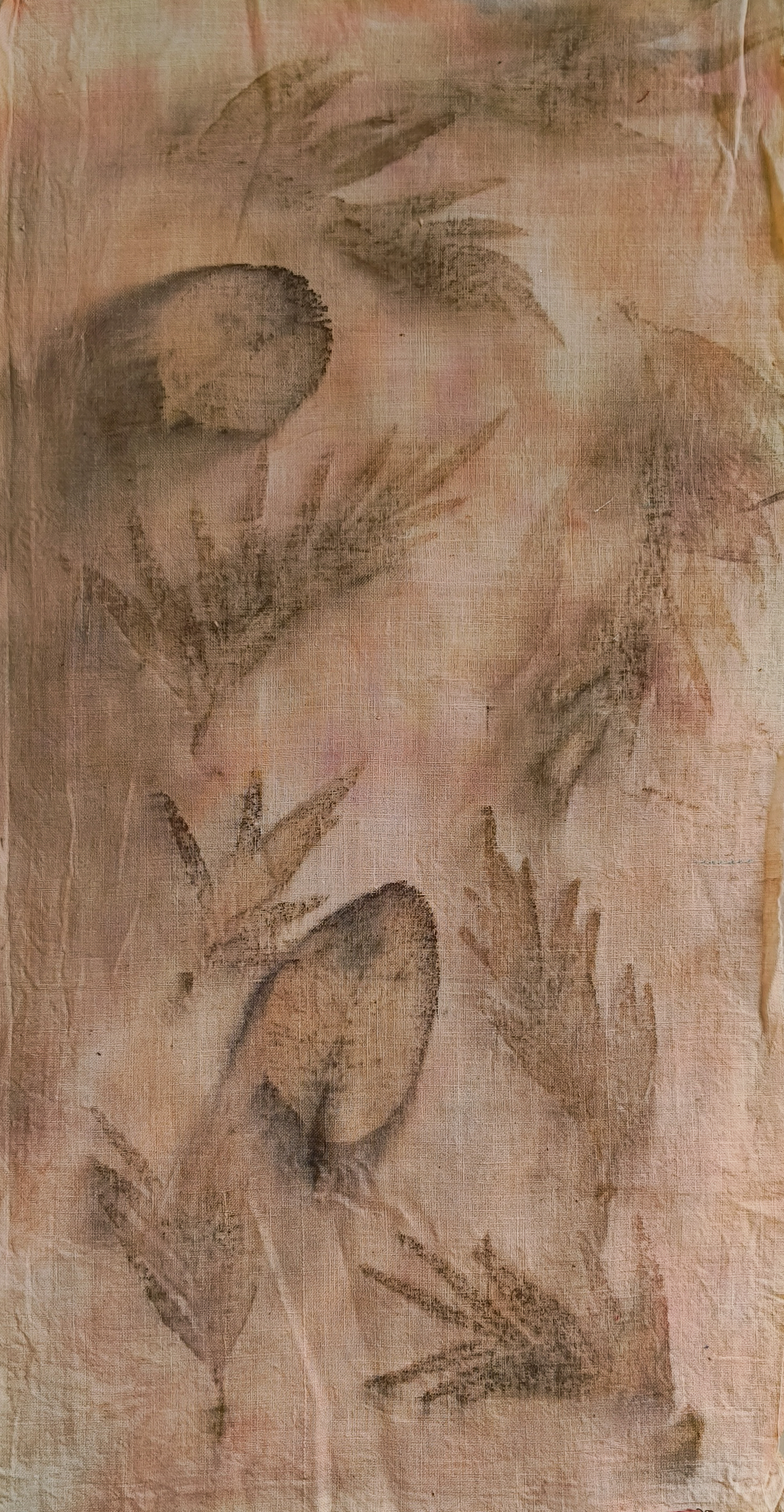
Cotton – Hilika & Rust Resist
Cotton was dyed with a rich black from hilika and rust. Leaves acted as a resist, creating sharp, organic patterns against the deep hue.
Cotton – Marigold & Sappan Steam Print
Marigold petals and sappan wood powder were steamed into cotton, forming soft, earthy patterns with a natural, diffused look.
Cotton – Hilika Leaf Print & Sappan Accent
Leaves soaked in hilika and rust created dark impressions, while sprinkled sappan powder added color depth and contrast to the cotton base.
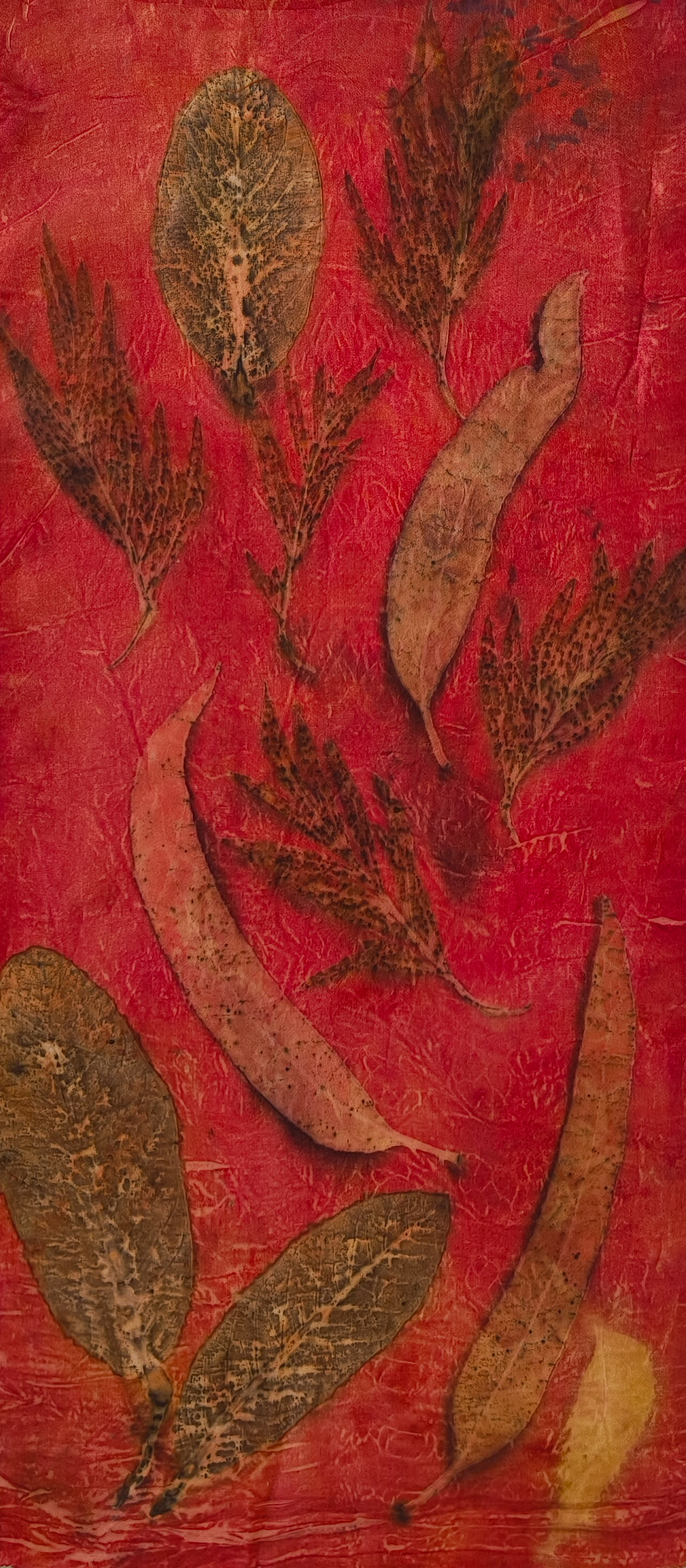
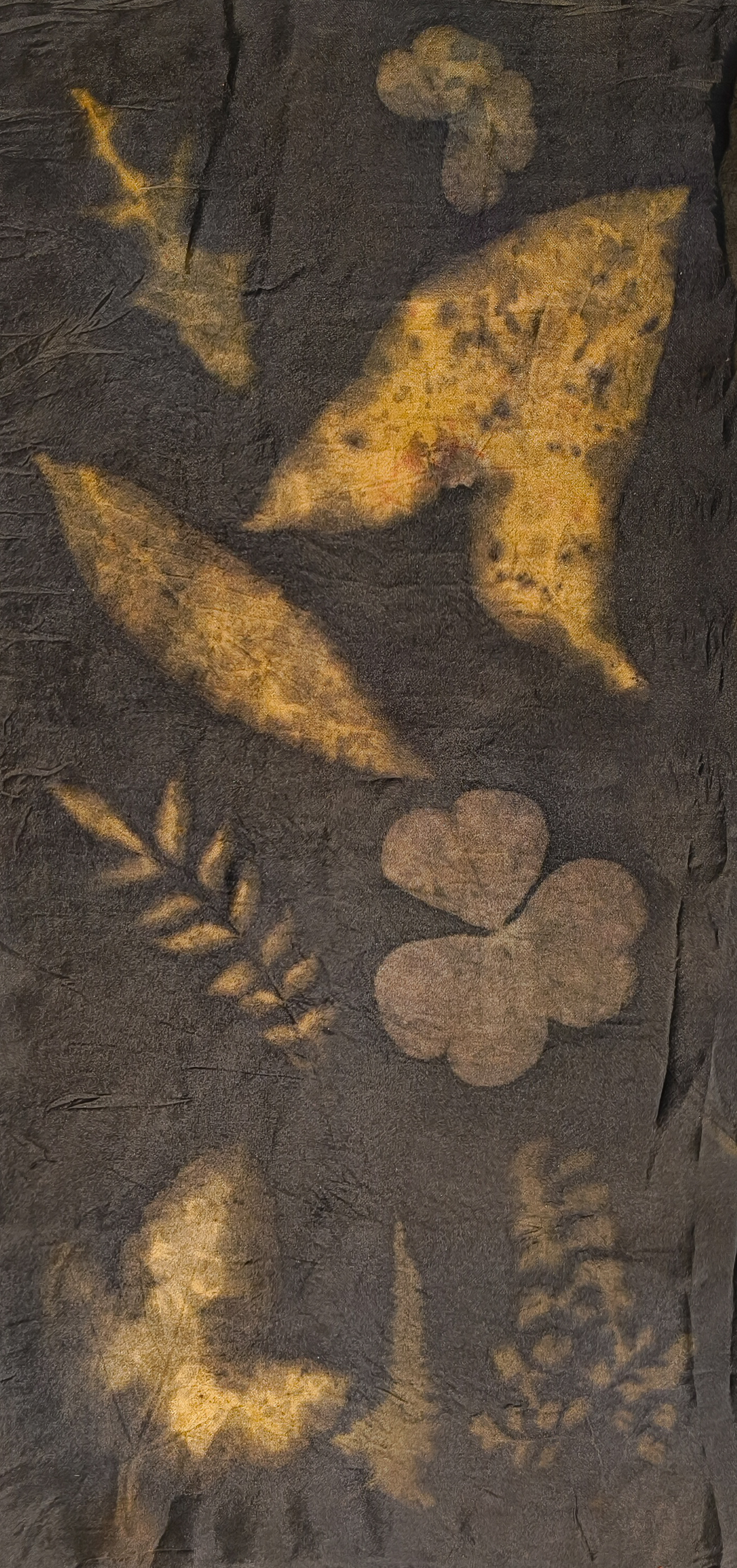
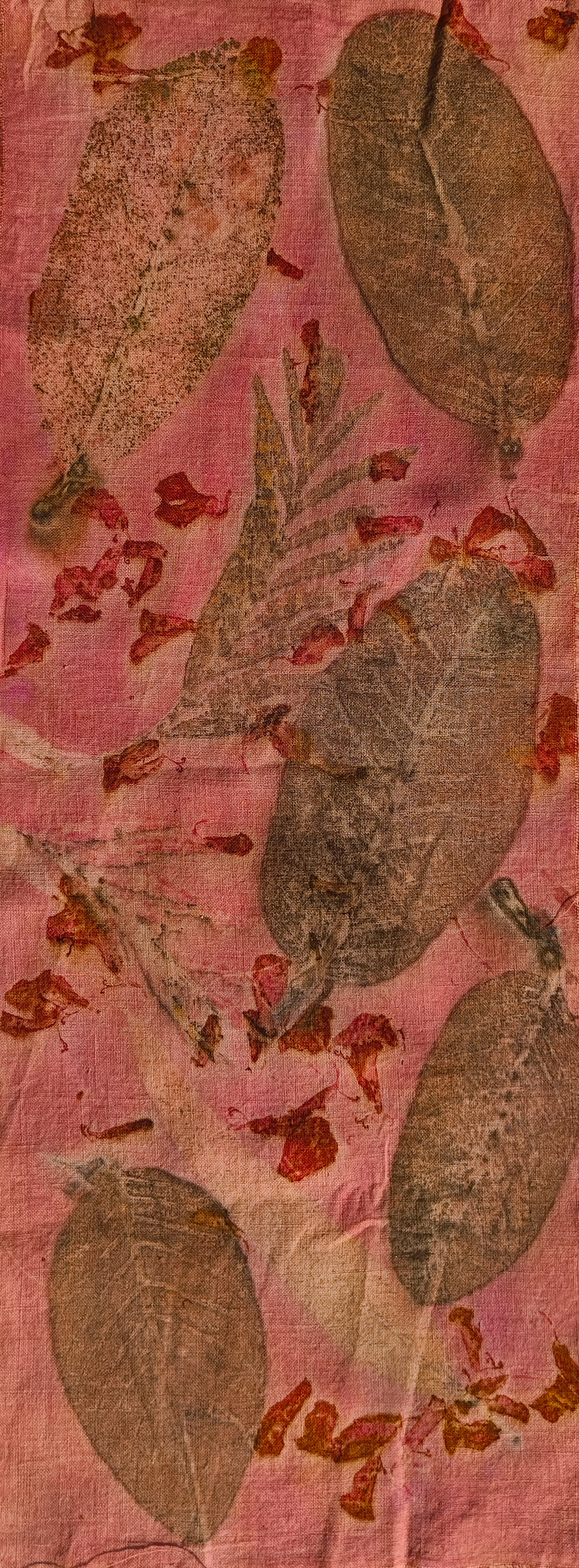
Silk – Madder & Iron Leaves
A deep red hue created with madder blanket dye, paired with iron leaves for organic, textured impressions.
Silk – Hilika & Iron Rust
Hilika and iron rust blanket dye produced a rich black tone on silk, with subtle leaf impressions adding surface detail.
Cotton – Madder, Iron Water & Marigold
Madder dye and iron water leaves formed soft impressions, while marigold petals added a hint of brightness. The cotton resulted in a lighter, more delicate effect.
